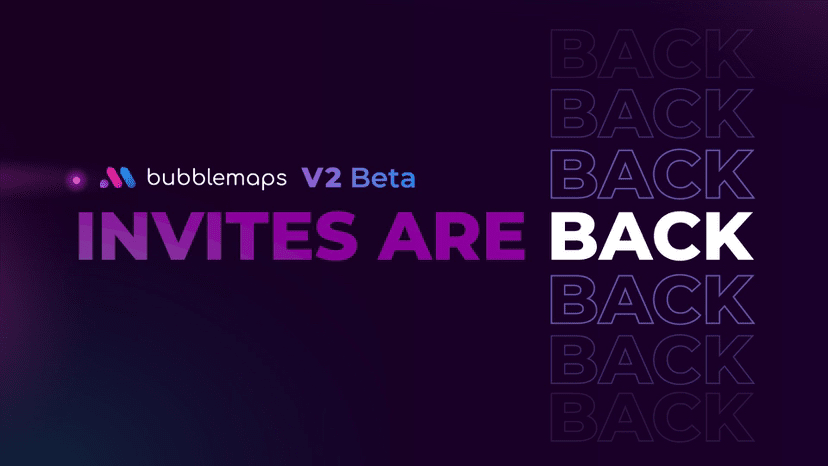After Bubblemaps V2, the most noteworthy 'product-token linkage' is Intel Desk. It hands over 'what to check' to the token holders: submitters first stake a small amount of BMT along with evidence materials, and the community then stakes/votes with BMT to queue the weekly surveys, with analysts allocating time based on weight. After the results are completed, incentives are distributed according to contribution and priority. This process links topic priority—workforce—reward funds into a cycle, preventing the platform from becoming a 'screenshot showcase'. Multiple recent posts in the square and research have emphasized this 'investigate-to-earn' mechanism.
The design at the economic level is not just a shot in the dark. The independent memorandum aimed at investors views Intel Desk as an amplifier for demand: when more people are willing to stake BMT for a certain doubt, the platform's analytical resources will concentrate there, completing the analysis and then using rewards and exposure to 'compound' the influence of that topic. For the token itself, this means that voting/submissions will create immediate usage demand, while highly exposed surveys will attract more users into this cycle.
CMC's 'AI Channel' classified Intel Desk this week as a 'bullish factor for platform utility expansion', describing its pace as 'coming soon/accelerating launch'. Such platform-side hints indicate that the official communication focus has shifted from 'tools looking good' to 'letting the community produce intelligence together'. Coupled with V2's time replay and relationship revelation, this production line has the opportunity to upgrade from 'scattered revelations' to a 'structured case library'.
A common question is: will crowdsourcing bring noise and malicious topics? This is precisely where the significance of deposits and voting rights comes into play. Submissions must stake BMT, and malicious or misleading actions will incur costs; voting requires staking BMT, and random vote solicitation must also incur opportunity costs. The platform's task is to use visual evidence and concluding reports to turn the 'input-output' relationship into a verifiable sample. As the sample library grows, meta rules like 'which map features are most relevant to subsequent risks' can be crystallized, becoming the filter for the next round.
Practical approaches for creators: make Intel Desk's 'Weekly Topic List' a fixed column, picking three to five entries you believe in the most, and provide 'Why it's worth the bet', 'Key frames of the map', and 'Verification paths'. Such content can naturally highlight the usage scenarios of BMT while tying you to the platform's evidence culture.
@Bubblemaps.io #Bubblemaps $BMT
